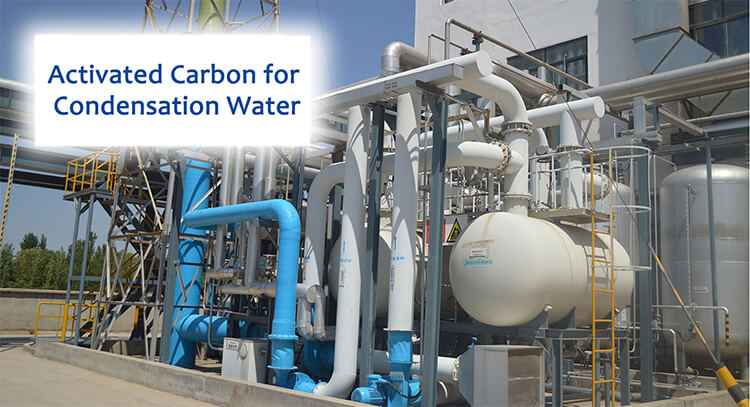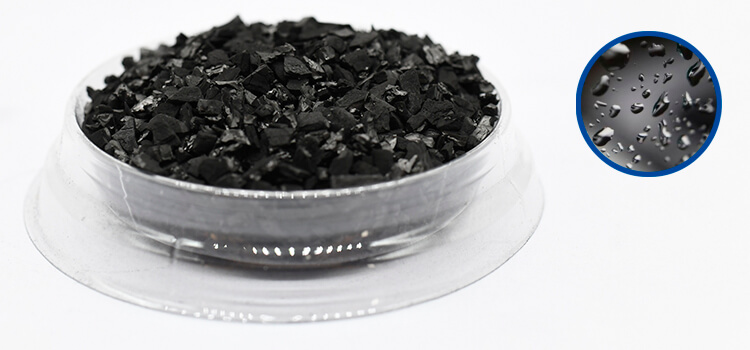Condensation water - the often-overlooked byproduct of various industrial processes, HVAC systems, and even our household appliances. While it might seem insignificant, managing condensation water is crucial not only for environmental sustainability but also for ensuring the efficiency and longevity of equipment. In condensation water treatment, activated carbon has been a better choice for impurities removal. This blog offers a deep dive into the condensation water source and activated carbon application in the condensation water.
What is condensate water?
Condensation water forms when water vapor in the air comes into contact with a cold surface, leading to the conversion of vapor into liquid. This process is ubiquitous, occurring in air conditioning units, refrigerators, industrial cooling systems, and more. While condensation water is essentially distilled water, it can pick up contaminants and impurities from the surfaces it condenses on, making it unsuitable for direct consumption or reuse without treatment.
How activated carbon is used for condensation water?
Activated carbon, often referred to as activated charcoal, is a highly porous form of carbon with a vast internal surface area. This unique structure gives activated carbon exceptional adsorption properties, making it highly effective at removing impurities, odors, and contaminants from water and air.
The Role of Activated Carbon in Condensation Water Treatment
When it comes to treating condensation water, activated carbon plays a vital role in purifying and ensuring its quality. Here's how it works:
Adsorption of Contaminants: Activated carbon traps contaminants, such as volatile organic compounds (VOCs), chlorine, and other chemicals, removing them from the condensation water and improving its purity.
Odor Removal: Unpleasant odors often accompany impurities in condensation water. Activated carbon effectively adsorbs these odors, leaving the water fresh and clean.
Preventing Biofilm Formation: Activated carbon can also inhibit the growth of microorganisms, such as bacteria and algae, by removing organic nutrients from the water. This helps prevent biofilm formation in condensation collection systems, ensuring hygienic conditions.
Chemical Neutralization: In industrial settings where condensation water may contain acidic or alkaline compounds, activated carbon can help neutralize pH levels, preventing corrosion of equipment and pipes.
Activated carbon for various applications in condensation water management:

HVAC Systems: Activated carbon filters can be integrated into HVAC systems to purify condensation water before it is reused or discharged.
Refrigeration Units: Activated carbon cartridges or filters can be installed in refrigeration units to remove impurities from condensation water, preventing clogs and contamination.
Industrial Processes: In industrial settings, activated carbon can be employed in condensation water treatment systems to maintain water quality standards and compliance with environmental regulations.
Conclusion
Activated carbon presents a robust solution for the treatment of condensation water, offering unparalleled adsorption capabilities that effectively remove contaminants and improve water quality. With its porous structure and extensive surface area, activated carbon proves instrumental in the removal of volatile organic compounds (VOCs), odors, and impurities, making it indispensable in enhancing condensation water for various applications.
Zhulin Carbon offers comprehensive solutions tailored to your specific needs, ensuring efficient and sustainable water purification processes. Contact us now, we stand ready with its expertise and cutting-edge technologies to address your water treatment challenges effectively.

